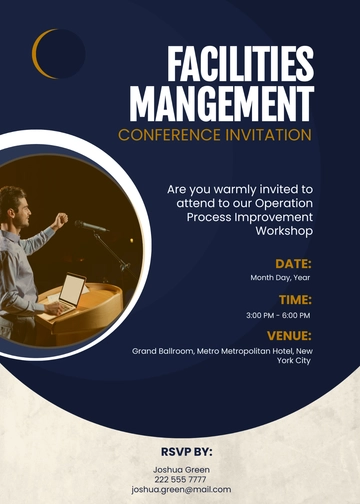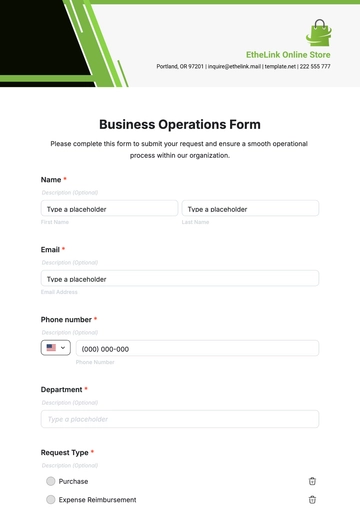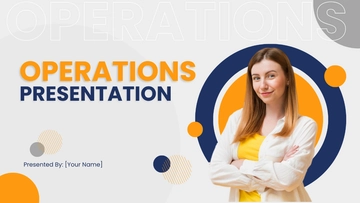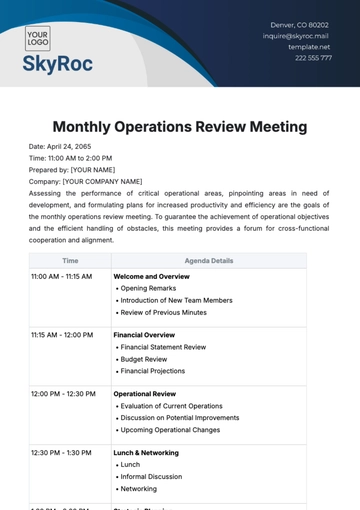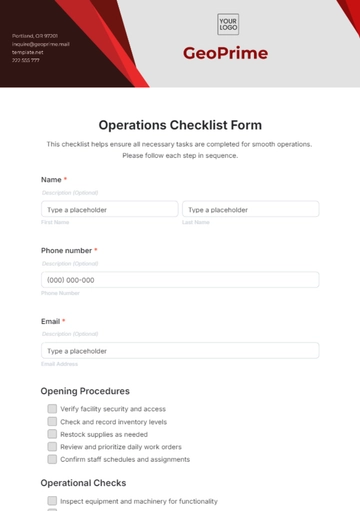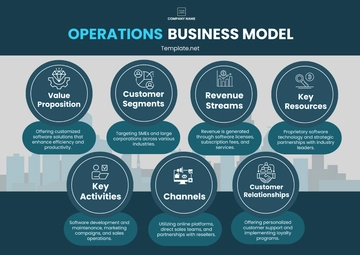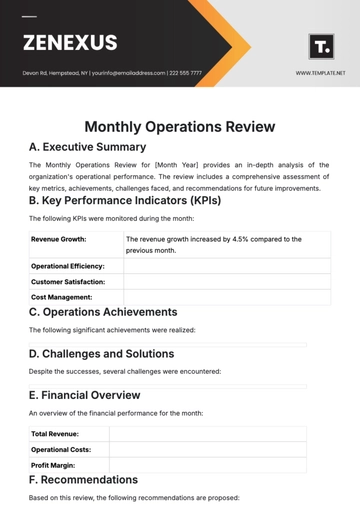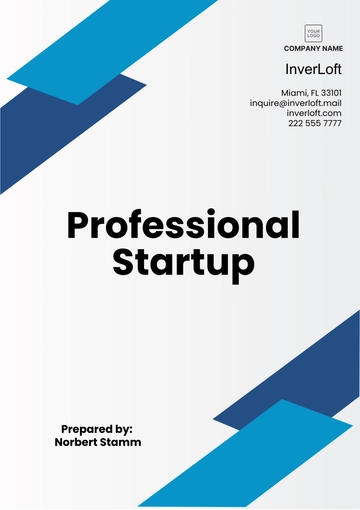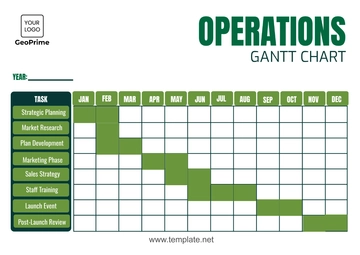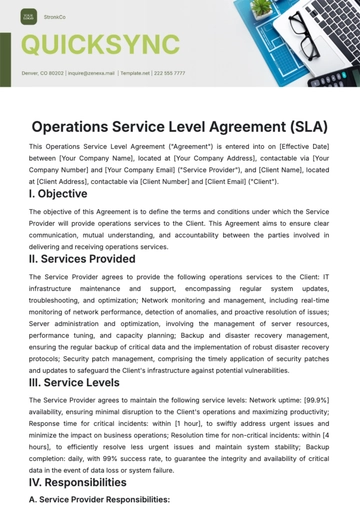Operations Project Lessons Learned Document
Executive Summary:
The Operations Project Lessons Learned Document provides a comprehensive review of [Your Company Name]'s Website Redesign Project, outlining key successes, challenges, and recommendations for future improvement. By reflecting on the project's journey, we aim to distill valuable insights that can inform and enhance future projects within the organization.
1. Project Overview:
[Your Company Name]'s Website Redesign Project aimed to modernize and enhance the company's online presence to better showcase its products and services. The project involved redesigning the website's layout, improving user experience, and integrating new features to drive customer engagement and conversion.
2. Successes:
Timely completion within set parameters, coupled with the seamless integration of user-friendly features, catapulted customer satisfaction to new heights. The incorporation of e-commerce functionalities ushered in a revenue surge, underscoring the project's strategic significance. Collaboration across multifunctional teams, blending marketing prowess with design finesse and development acumen, solidified project success, paving the way for future endeavors.
Successful completion of the website redesign within the established timeline and budget.
Implementation of a user-friendly interface and intuitive navigation, resulting in positive feedback from customers.
Integration of e-commerce functionality, leading to a significant increase in online sales and revenue.
Collaboration between cross-functional teams, including marketing, design, and development, to achieve project goals.
3. Challenges:
The scarcity of skilled web developers posed formidable delays, while the dynamic landscape of stakeholder demands necessitated nimble adjustments to the project blueprint. Technical intricacies and legacy system compatibility hurdles further underscored the project's arduous journey. Communication fissures, though formidable, became catalysts for fortified stakeholder engagement and more agile decision-making processes.
Limited availability of resources, particularly skilled web developers, resulted in delays in certain phases of the project.
Scope changes and additional feature requests from stakeholders impacted project timelines and required adjustments to the project plan.
Technical issues and compatibility issues with legacy systems required troubleshooting and additional testing efforts.
Communication gaps between the project team and stakeholders led to misunderstandings and delays in decision-making processes.
4. Lessons Learned:
Effective communication acts as a guiding light, fostering unity among varied stakeholder viewpoints. Diligent resource allocation and proactive contingency planning serve as safeguards against unexpected challenges, bolstering project resilience. Proactive management of project scope and adherence to achievable expectations establish a foundation of stability, facilitating seamless project execution. The dedication to ongoing monitoring and progress tracking becomes a guiding principle, enabling prompt corrective measures and fostering adaptability in project management.
Clear and consistent communication is critical for aligning expectations and ensuring all stakeholders are on the same page throughout the project.
Proper resource allocation and contingency planning are essential to mitigate risks and address unexpected challenges as they arise.
Proactively managing scope changes and setting realistic expectations with stakeholders can help minimize disruptions to project timelines and budgets.
Regular monitoring and tracking of project progress against milestones are necessary to identify potential issues early and take corrective actions promptly.
5. Recommendations:
Based on assessment, the following recommendations should be enacted:
Establish a dedicated project communication plan outlining communication channels, frequency, and key stakeholders to ensure effective and transparent communication throughout the project.
Conduct a thorough resource assessment at the project outset to identify any potential resource constraints and develop contingency plans to address them.
Implement a formal change control process to manage scope changes and requests effectively, ensuring alignment with project objectives and priorities.
Enhance project monitoring and tracking mechanisms to provide real-time visibility into project progress and identify deviations from the plan promptly.
6. Implementation Plan:
A thorough resource assessment, conducted with foresight and diligence, lays the groundwork for agile responses to potential constraints. Hence these implementation plans should be followed:
Develop and distribute a project communication plan outlining communication channels, frequency, and key stakeholders.
Conduct a resource assessment at the beginning of each project to identify potential resource constraints and develop contingency plans.
Establish a formal change control board to review and approve scope changes, ensuring alignment with project objectives and priorities.
Enhance project monitoring tools and reporting mechanisms to provide real-time visibility into project progress and facilitate timely decision-making.
Contact Information:
[Your Company Name]
[Your Company Email]
[Your Company Address]
[Your Company Number]
[Your Company Website]
[Your Company Social Media]
[Your Name]
[Your Email]
Prepared By:
Name:
Position:
Email:
Operations Templates @ Templates.net

